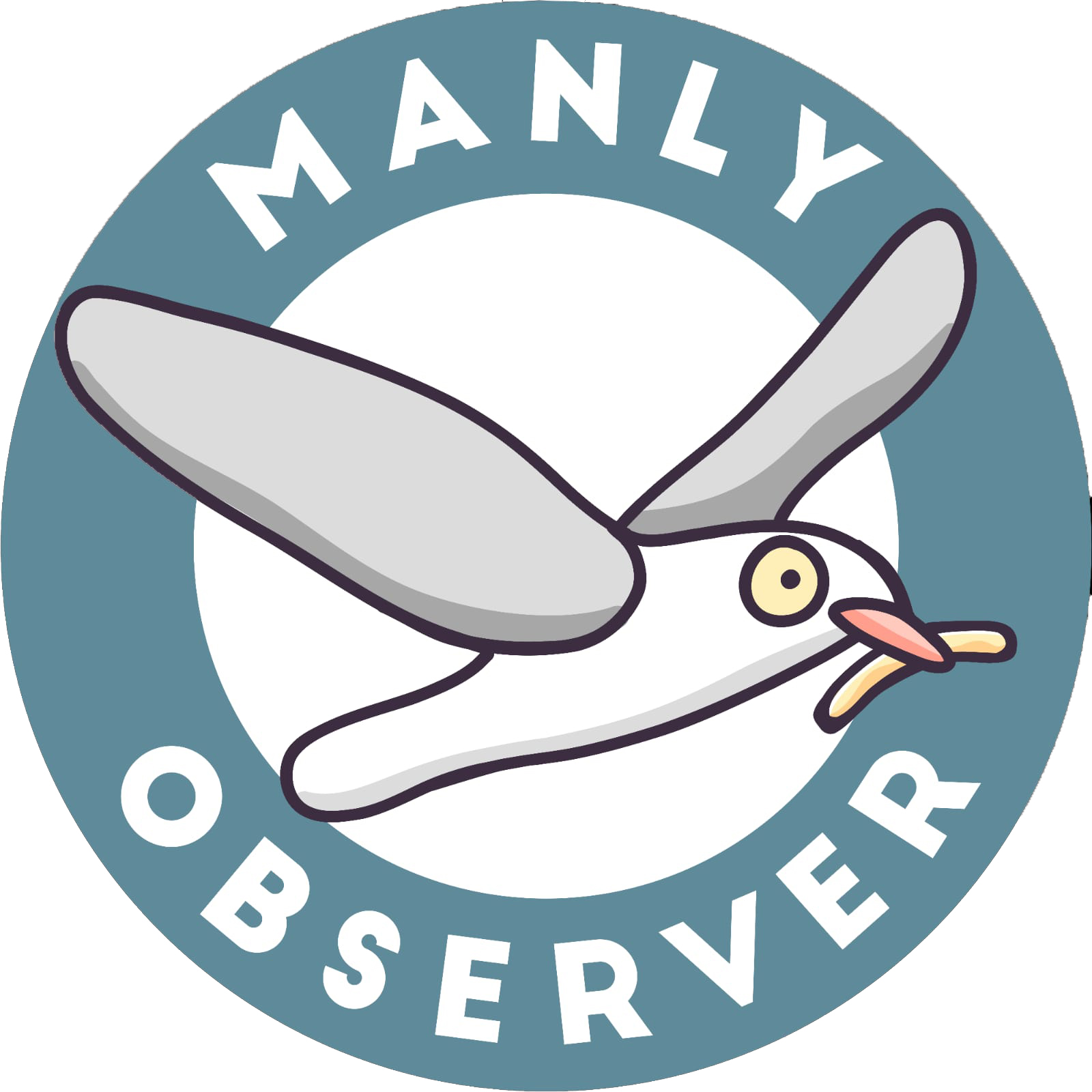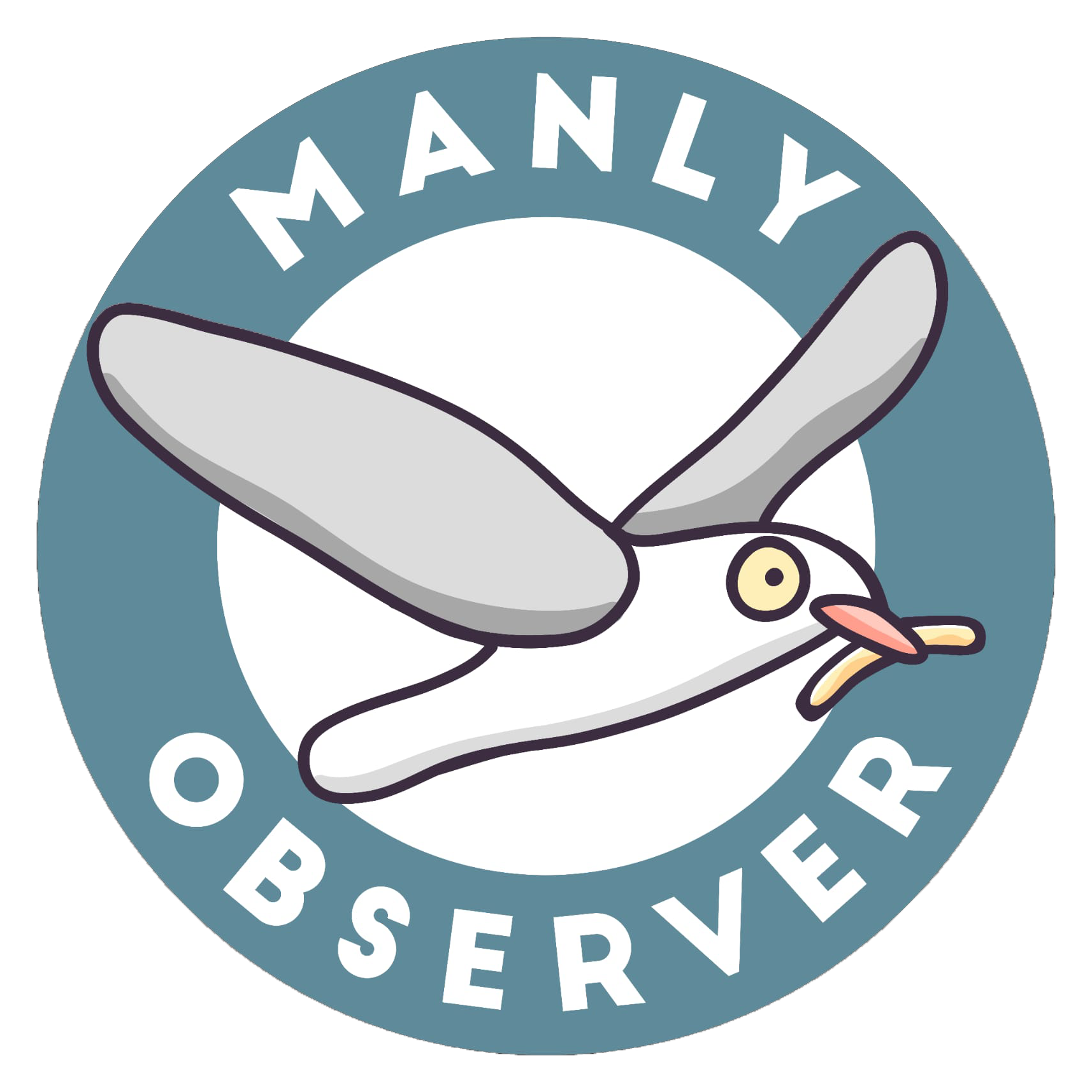Our investigation began after a grim discovery in bushland on the Northern Beaches: an endangered Little Penguin flipper, cleanly severed, found on a walking track. But worse – the flipper had been fashioned into jewellery.
A Northern Beaches local, who wishes to remain anonymous, stumbled upon the flipper on a Ku-ring-gai Chase National Park walking track near Pittwater, and was horrified to see a “drill hole in the shoulder and a piece of string through it as if it’s been made into a lucky charm bracelet.”
Readers please note: images of the flipper jewellery will soon appear in this article.
The flipper was handed into the NSW National Parks and Wildlife Service (NSW). Rumour had it a penguin had been brought into Taronga Zoo recently, she told Manly Observer at the time, and that was missing a flipper which seemed to have been surgically removed. Thing was, this flipper was from the opposite side.
This was in January, 2024. It’s taken us six months of calls, trawls, and conversations (and even a few semi-related stake-outs) to bring you our conclusions. The good news? There appears to be no ongoing trend in Fairy (Little) Penguin mutilation, it was just a strange and sickening anomaly. The bad news? Our local colony at Manly is on the brink of obliteration, with the most recent data showing breeding pairs at a record low.

But first, about that flipper
The summer discovery led our team to cast a wider net and look at the issue of poaching on the Northern Beaches. We successfully vied for a $2,000 grant from the Local Independent News Association to cover staff time to explore the issue.
What we discovered was that illegal fishing, netting and trapping is an ongoing issue in our region, but one fairly well monitored and moderately controlled by regulatory authorities such as the NPWS and DPI (Department of Primary Industries).
Manly Observer sought to look into illegal netting (of prawns, not penguins) within Narrabeen and Dee Why lagoons. A few stakeout sessions confirmed these suspicions, to a low effect, but investigations are still ongoing – the DPI was contacted, who continue to work on this issue.
But to the question of penguins. Multiple organisations were engaged including the NPWS, RSPCA, SEA LIFE Sydney and NSW Police – to name just a few – and nobody had heard of anything. Nothing penguin poaching related anyway.

Taronga Zoo was contacted to determine if the events surrounding the flipper found in Ku-Ring-Gai had any relation to the ‘flipperless’ penguin reportedly rescued in Sydney Harbour a few days later.
Taronga confirmed that at around late September 2023, a Little Penguin was rescued from Rose Bay and brought to their Wildlife Hospital, and as mentioned, was missing the opposite side flipper as the one attached to the necklace.
However, the two events were a few months out from each other, and a Taronga representative said it was “unknown how the penguin sustained the injury.” The rescued Rose Bay Little Penguin remained in care until late mid-December and once fully recovered was placed with Taronga’s colony as the extent of his injury was deemed not suitable to be released back into the wild.
We considered that the timeline of incidents were purely coincidental and were likely not related. Taronga’s Wildlife Hospital also stated they had not received any other similar cases.
Finally, after months of many back-and-forth communications, the NPWS told Manly Observer investigations for the incident had ceased due to the lack of information involving the incident.

“Following the discovery of the wing with a loop in it, lost or discarded, on a local track there has been no other information to act on or investigate,” the statement read.
“While the discovery of the wing with a piece of cord looped through it was very unusual there has been no further incidents.”
For now, the flipper-fashioned necklace remains an isolated event and hopefully stays that way – putting an end to one crisis, but pointing a spotlight on another.
Penguins in crisis
The Little Penguin Manly colony has been on the brink for almost three decades since being declared endangered in 1997.
Since then, the breeding pair population has been fluctuating in numbers below a hundred. A devastating fox attack which saw 28 penguins killed in a matter of days in 2015 drastically put a hinder on the species reproduction rates, which now sits at a record low.

The data comes from NSW National Parks and Wildlife Service (NPWS), which recently released 2023/24 stats on the little local population showing only 19 breeding pairs remain. In total.
Little Penguins mate for life, a natural ritual which is equally cute as it is concerning for the survival of the Manly colony. With only 19 recorded breeding pairs left in the area, the monogamous birds have their reproduction rates stacked against them.
The reason for their dwindling numbers isn’t just down to their loyalty to lovers. Vet Nurse and Manager of Taronga Wildlife Hospital, Libby Hall explained the primary cause of the Little Penguin’s demise is a series of external factors.
“Really, one of the main contributors to the colony being decimated is the dog and fox attacks,” Libby said.

The NPWS undertakes integrated pest monitoring and control operations across North Head at Manly. They employ infra-red motion-sensitive cameras and regular monitoring – with the help of Manly’s Penguin Wardens – to detect and manage predators such as foxes or feral and domestic cats.
The government organisation also implements 1,080 baiting and soft jaw trapping for pest population control.

Since the 2015 fox predation event, the NPWS has only three records of penguins being killed by cats or foxes. However, animals are not the only threat to the Little Penguin Manly colony. Humans and boats are to blame too.
“The Manly colony is such a rarity being in the middle of a busy city like Sydney, right smack bang, really in the middle of the harbour, in one of the busiest areas, especially in the summer, which is when they’re breeding,” Libby explained.
“That’s when all the people are around boating and swimming and all around their nesting sites. So, it is incredible that they’re still breeding there at all.”

Boat strikes are a major threat to the Little Penguin species. It’s essential when boating to abide by vessel exclusion zones to not only avoid collisions but to minimise the impact on seagrass beds, which penguins use for foraging.
It’s also important to keep off reserve beach areas outside their operating hours. If Little Penguins notice human activity, they will avoid waddling back to their burrows, exposing them to potential threats.
Looking out for the little guy
Although the Little Penguin population radically dwindling is deeply concerning, there is some solace in knowing they are not alone. Taronga’s Wildlife Hospital helps and rehabilitates a myriad of animals every year.
“We receive about 20 Little Penguins a year at Taronga Wildlife Hospital. They come in injured, sometimes from boat strikes, or they get entangled in marine debris. And many of them come in just after the malt, which is when they renew all their body feathers,” Libby explained.
While Manly Observer interviewed Libby at the wildlife hospital, a Little Penguin, Mona – appropriately named after the Mona Vale location where she was found – was brought to Taronga, weak, dehydrated and emancipated. Now, after some care, she is almost ready to be released back into the wild.
“She was under 600 grams when she arrived, which is very thin for a little penguin. And so we’ve gradually got to her up to a kilo,” Libby said.
“Now, we will give her a bit of fitness training, get her to swim really quickly because she needs to be incredibly fit to catch her prey, which is small schooling fish.”

Taronga plays a large part in the species’ medical care and rehabilitation. But there is another force at play whose sole purpose is to make the Wildlife Hospital’s role in penguin rehabilitation redundant.
Penguin Wardens are a volunteer organisation facilitated by the NPWS. They play their part in preservation by monitoring and cleaning reserves and parks while also educating the public on good public penguin practices.
Taylor Springett has been a Penguin Warden since 2018 and is just one of the 30 Manly members who donate their time to ensure the survival of this rare colony.
“Our main responsibilities are education and bringing awareness to the community about the penguins, the threats to the penguins, and how they can help protect the penguins,” she explained.
Taylor’s first involvement with the wardens was in 2014 when she volunteered for the annual Penguin Wardens training day. Last month, the animal activist was the NextGen NSW Landcare Award winner. An award aimed at recognising the environmental conservation efforts of locals across the state.

The work of the Wardens is essential and not particularly easy. Every evening during breeding season, the volunteer group ventures down to the reserves and ensures the beach is clean for the penguins when they return from fishing.
They also provide education to the public, assist with annual surveys, such as annual breeding pair counts, and help monitor for pests.
“We do a lot of talking to the community when we’re patrolling the beaches, making sure people don’t have their dogs at the beach. My role has more to do with the cameras, which I use to help monitor the penguins,” Taylor explains.
“It’s super important that we have this team of people looking out for the penguins and really protecting them as much as possible because they’re such an important part of the community.”
If you’d like to do your part in ensuring the survival of Australia’s only mainland Little Penguin colony, here are some tips ‘from Taylor:
- Make sure you take your rubbish from the beach. Rubbish can cause a lot of issues not just for penguins, but for all seabirds and animals that live around our aquatic areas.
- Keep your dog on a leash at the beach and at national reserves. Dogs have a keen sense of smell, particularly in penguin mating season.
- Keep your cats inside at night and if you see a fox, report it to the NPWS.
- If you’re on the water, don’t anchor inside the anchorage zones. This can destroy the seagrass that penguins use for feeding.
- Stay out of vessel exclusion zones when boating to avoid collisions with penguins.
- Avoid national reserves outside of operating hours. Human activity can prevent penguins from accessing their burrows, leaving them exposed to threats.
What to do if you spot a sick or injured penguin
If you are concerned about the welfare of a penguin, contact Parks on 1300 072 757 or the National Parks and Wildlife Service Duty Officer on (02) 9457 9577 (available 24 hours, 7 days).
Injured or dead Little Penguins should be taken to Taronga Wildlife Hospital at the end of Whiting Beach Road, Mosman, between 8am and 3pm, all year around. Call (02) 9969 2777. Otherwise, contact the National Parks and Wildlife Service Duty Officer.

Keep the injured penguins in a lidded box, cool, quiet and away from pets. Do not offer any food or water.
Should you ever find yourself in custody of a dead penguin, it should be placed in a secure plastic bag and refrigerated, if possible. This helps with the collection of tissue material to find out the cause of death.
And if it’s missing a flipper, let us know.
An investigation by Jack Kelly, with Alec Smart and Kim Smee
More of a visual person? We see you



